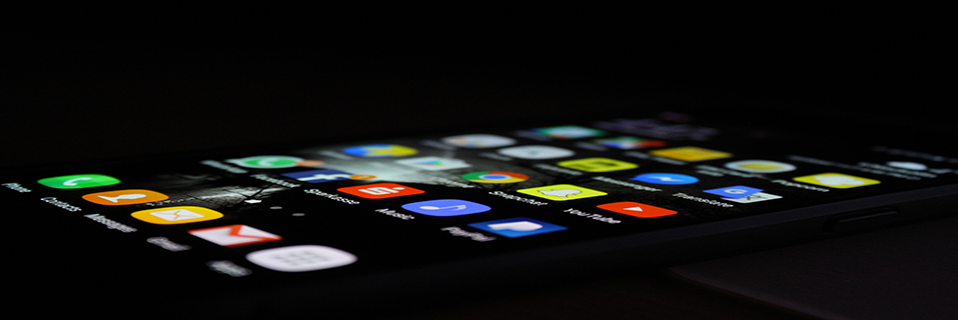
Although we in the media literacy field are delighted that we are receiving long-overdue recognition and movement towards more implementation of media literacy initiatives, the true mission and character of the global media literacy movement is in danger of being drowned out with uninformed noise.
Let me be clear: media literacy is NOT just: fact checking, verifying sources of information, having the “right” answers,” being able to label whether a source is “red or blue,” accessing or using the latest app, being able to interact with Alexa, knowing the ratings systems and using them, creating amusing texts, having 1,000 “friends”, limiting media usage to one hour per day for preschoolers, or all about being able to express feelings of rage or glee at the latest scandals.
A media literate citizen is a competent information manager, a wise consumer, an effective media producer, and an active, involved participant in the world, online and off. Media literacy education is nonpartisan and non-ideological. Media literacy pedagogy provides a process of inquiry that leads to skepticism, questioning and risk management (not just fact checking or checking sources!). In other words, a media literacy process explores the questions, but does NOT give “the answers.” Answers are for individuals and communities to decide.
Media literacy education is uniquely suited to the global imperative faced by the education system today: to prepare youth for anywhere, anytime learning on a lifelong basis. Because of the ubiquity of content and the global nature of life, education approaches must be universal to transcend boundaries of time, space and ideology. Media literacy meets this imperative, which explains why it is a global movement.
In a school setting, media literacy education should be – but currently isn’t in schools today — the “enterprise software” that underlies the entire intellectual content or “applications” that a school offers. Media literacy inquiry processes apply to “reading” and “writing,” all subjects, through both qualitative and quantitative assessment and evaluation of content. Because media literacy applies to all subjects, it is ideal for project-based learning and problem solving in a holistic way – it is not a “siloed” approach, but a “networked” approach that ties disciplines together. It provides a consistent way to interrogate any subject, and a vocabulary that allows for mutual understanding and discussion across disciplines.
With this systems approach to education, various media literacy elements or concepts or skills can be learned in a modular, experiential, non-linear way, which is more in tune with how we are seeing that the brain works and that people actually learn. It is not a “factory model.” This approach is less hierarchical, less rigid, less “lock-step.” Traditional curricula are an outdated way to teach and learn. The modular, framework-based way that media literacy education works is attuned to mobile learning that demands a new structure for delivery of education content; also, this way is evidence-based and replicable.
With the power of technology to readily provide subject content/search, media literacy provides a heuristically-driven way to learn that depends upon habits of mind – habits of skeptical inquiry that apply to either critically analyzing or expressing and sharing individually or collectively. Media literacy provides a mindset to go with the headsets – the education “software” to go with the “hardware.”
An example: Last fall (2017), California State University/Northridge partnered with the Center for Media Literacy in a media literacy/community engagement program through a journalism class, focused on diversity, that taught students media literacy basics while calling them to activism regarding diversity and media representations. Students learned media literacy basics while using various forms of social media: Instagram, Facebook, Twitter; they created videos that were uploaded to Vimeo and YouTube; they held news forums on campus and participated in a pop-up newsroom. They learned by doing and through doing, but their work was informed by an understanding of their relationship with media, through media literacy. Most students reported that they had never had a media literacy lesson prior to participating in the class, which is a real-time commentary on the state of media literacy education today.
This change in emphasis from teaching content knowledge to process skills is difficult in an education system that has been organized around content knowledge since the first university was founded in 859 in Fez, Morrocco (followed by the University of Bologna, Italy in 1088). But today, content is easily available and plentiful – although it is still being taught and valued as scarce – and process skills like media literacy are scarcely taught.
All citizens need the skills to access, analyze, evaluate, create and participate with media messages in all their forms, online and offline. Today, the power of media rests – literally – in the hands of all citizens. They need the freedom to question, to express their views and to decide for themselves or through democratic processes. And they need support through education approaches, policies, practices and systems to learn to do so.


